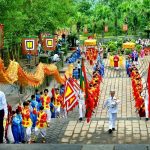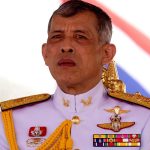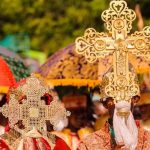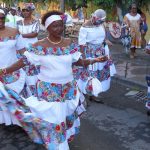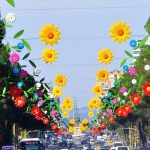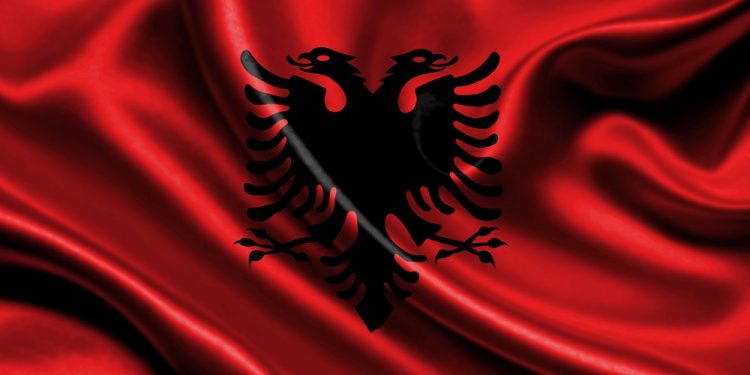
Flag And Independence Day
Flag and Independence Day is a public holiday observed in Albania that commemorates the Albanian Declaration of Independence from the Ottoman Empire on November 28, 1912. This is when the Albanian flag was raised in Vlorë for the first time. This event coincided with the same day that the Albanian feudal lord and military commander raised the Albanian flag in Krujë in 1443.
This holiday is not just celebrated in Albania, however. It is also celebrated in Kosovo and among the Albanian diaspora. In Kosovo, it is known as the Day of Albanians, but it is only an observance. In Albania, however, this is a non-working day and a day when many schools, businesses, and non-essential government facilities close.
The History of Flag and Independence Day in Albania
By the fifteenth century, the Ottoman Empire’s influence and control of southeastern Europe were expanding, and it controlled most of the area of what is now modern-day Albania. They had only controlled the area for a few decades, however, before a local revolt began by Skanderbeg in 1443.
He was a feudal lord and military commander who had deserted the Ottoman military. He immediately became a national hero for the Albanians and fought for almost 25 years against the Ottomans. After Skanderbeg died, Albania would once again come under Ottoman control in 1479.
It would remain a part of this empire until just before the First World War. Following the Ottoman’s defeat in the Balkan Wars, the Empire had become weakened, and Albanians saw an opportunity to claim their independence. The 1912 Albanian Uprising led Ismail Qemali, the leader of the Albanian national movement, to declare Albanian Independence on November 28, 1912.
Observing Flag and Independence Day in Albania
In Albania and among the Albanian diaspora, this holiday is extremely important and marks the first day of a two-day holiday. There is an Independence Day parade that takes place in Albania’s capital, Tirana.
There are also ceremonies and concerts organized all across the country. Above the capital, the Albanian flag is raised while important government officials look on. The day also features Albanian dancers and musicians, and people visit the National Martyr’s Cemetery.
